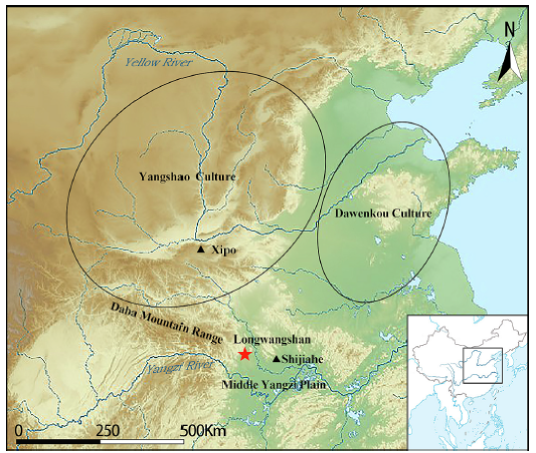
Center for Archaeological Science, Sichuan University, in collaboration with Academician Chao Liu's team, unveils the genetic and evolutionary secrets of Silk Road populations.
Recently, Science China Life Sciences published online a research paper titled "Pilot work of the 10K Chinese People Genomic Diversity Project along the Silk Road suggests a complex east-west admixture landscape and biological adaptations" by Professor Liu Chao, Academician of the Chinese Academy of Engineering, Associate Research Fellow He Guanglin of the Center for Archaeological Science, Sichuan University / West China Institute of Rare Diseases, Sichuan University, and Associate Professor Wang Mengge of the Department of Forensic Medicine, Basic Medical College, Chongqing Medical University, and others. This research delves into...









